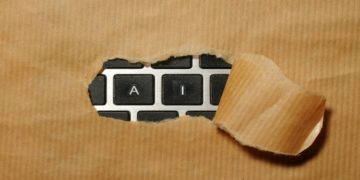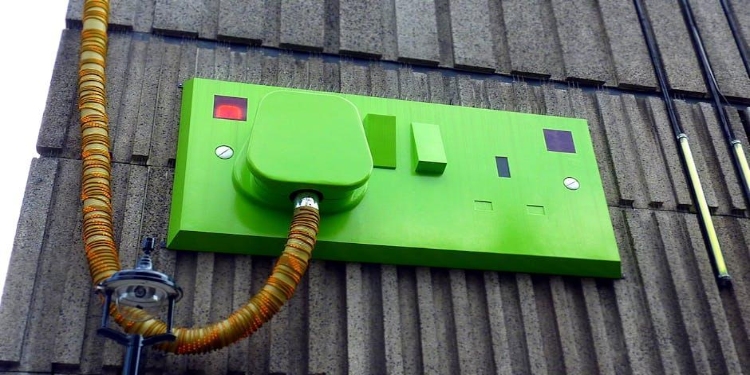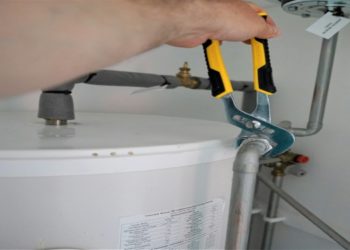Calculating how much current a power connector can realistically handle isn’t a trivial matter. This is far from being a trivial matter. Anyone with experience knows that stated ratings might look promising on paper, yet the real world has other ideas—heat, environment, even subtle variations in manufacturing. Derating those enticing numbers to account for less-than-ideal circumstances is key. Engineers sometimes skip this step, which can have serious implications. The method is well-explained in this tutorial, with a focus on successful solutions. It provides no pointless jargon—only essential steps mapped out in plain English, ensuring that even tight deadlines won’t cause panic or mistakes.
Understand Connector Ratings
At first glance, the numbers appear indisputable. Rated current? There it is on the datasheet—bold, reassuring, almost too straightforward. However, upon closer examination of the B connectors (and not just these), a crucial point emerges: manufacturers assume perfect laboratory conditions when setting those values. Conditions such as room temperature, perfect airflow, and the absence of environmental contaminants are uncommon outside of controlled testing bays. The result? Applying blindly to actual designs can lead to overconfidence and an underestimated risk. The real trick lies in understanding where and why derating must occur; without adjusting for reality’s messiness, early failures or overheating are nearly guaranteed.
Evaluate Application Conditions
Each installation has its unique narrative. One system hums quietly in a climate-controlled safety environment; another sits wedged inside an airless steel cabinet by a factory wall oven, dust swirling everywhere. Temperature swings wildly between projects—not every connector faces equal stress or heat buildup. Each variable is important: ambient temperature can push insulation to its limit, airflow significantly affects heat dissipation, and circuit load increases during peak demand hours instead of remaining constant at average draw rates throughout the day. Are we collecting accurate data on these crucial details? That alone separates wise designers from careless ones, who often work with boxes of scorched parts.
Apply Manufacturer Guidelines
Manufacturers don’t hide their wisdom—they publish tables and graphs for exactly this scenario, detailing derating under various temperatures or mounting setups. Some ignore them out of impatience or pride—a foolish economy if there ever was one! Trusting gut feeling over official guidance has sunk more than a few projects before launch day dawns. Temperature correction factors are often unused, as if the charts were merely legal disclaimers instead of operational instructions developed through years of hard-won experience and testing budgets that most companies could never replicate.
Calculate Safe Operating Current
Crunching the final numbers is where theory meets cold reality, and shortcuts often lead to painful consequences if cleverness replaces accuracy here. Find the rated value first—but then apply every relevant derating factor mercilessly: start with manufacturer’s tables tailored to actual installation temperatures; apply further reductions for poor ventilation or multi-cable bundles hogging airflow inside cramped enclosures; add safety margins (they’re not optional luxuries). This rigorous process yields a reliable figure that you can rely on during critical situations.
Conclusion
Derating is not a gloomy bureaucratic process; rather, it serves as a safeguard against preventable errors that often go unnoticed until they become critical. Time spent working through real-world variables pays off many times over compared to wishful thinking rooted in untested figures plucked straight from datasheets alone. Skipping any part of this chain invites nasty surprises down the road: scorched connectors, lost time troubleshooting faults nobody budgeted for, and reputations bruised beyond repair, sometimes over what amounts to simple arithmetic done properly at the start instead of haphazardly after failure sets in motion a round of blame.
David Prior
David Prior is the editor of Today News, responsible for the overall editorial strategy. He is an NCTJ-qualified journalist with over 20 years’ experience, and is also editor of the award-winning hyperlocal news title Altrincham Today. His LinkedIn profile is here.













































































